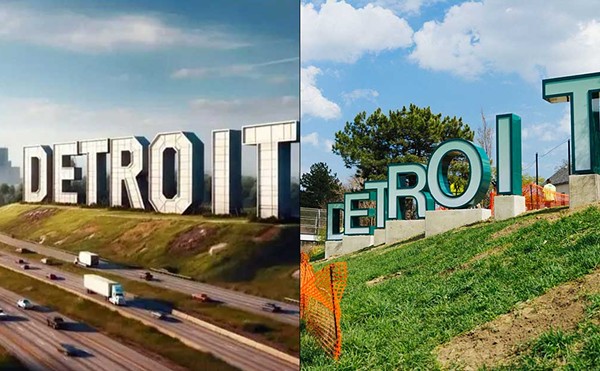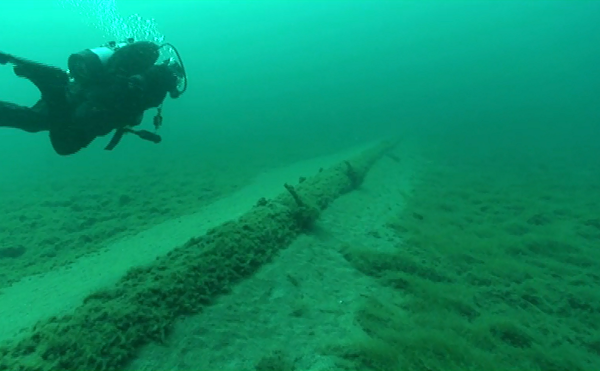My two designated drinkers and I were sitting in Roseville's Club 11, talking to the owner about our mission. With digital thermometers in hand, the whole Metro Times editorial department had fanned out across the Detroit area, hitting bars, taverns, lounges, pubs, saloons and at least one former speakeasy in search of the region's coldest brew. Tough work, but someone has to do it.
At Club 11, we learned, the coolers are kept at an almost-icy 32 degrees Fahrenheit. Which got us to talking about the freezing point of beer. We knew it was lower than that of water, but what was it exactly? No one had the answer.
So the next day, while my designated drinkers were nursing hangovers well-earned on our research mission, I fired up my computer and went looking for an answer to the question: At what point does beer freeze? The answer, I quickly learned, is: It depends. And what it depends on is a brew's alcohol content. The more alcohol there is, the lower the freezing point will be.
There's an actual formula that can be used to calculate the answer I was looking for, but having never recovered from the trauma of trying to learn my times tables in the fourth grade, I opted out of trying to do the math and instead went looking for an expert who could give me the lowdown on the point at which beer becomes an alcohol slushy.
I eventually e-mailed Thomas H. Shellhammer, a Ph.D. who teaches fermentation science at Oregon State University. The good professor, who's known in some circles as a "beergineer," informed me that the freezing point of your basic domestic brew is about 25 degrees Fahrenheit.
At that point, I thought my online research was done and I could get back out for more bar hopping with my two faithful designated drinkers (someone had to drive and keep clear enough focus to read the digital thermometer, and I was willing to not take one — or eight or 10 — for the team), except that another Web site caught me eye. Turns out the Anheuser-Busch folks, along with the technology geeks at the Hussmann Corporation, had teamed up to offer a cooling system that allows bars to sell aluminum bottles of Bud at a frigid 22 degrees.
So, how does Bud get the temp so low? According to Gary Goldstein, vice president of national retail sales for Anheuser-Busch, the recently introduced technology of the Chill Chamber "utilizes progressive, careful temperature lowering and controlled air flow to chill Budweiser to a super-cool 22 degrees."
Intrepid reporters that we are, we found one of the few local establishments with a "Chill Chamber." I raced over to the Lime Light Grill & Bar on Van Dyke Road in Warren and ordered up a really cold one. And then I laughed at the regulars sitting next to me sucking down beer in glass bottles that were sitting in buckets of ice.
I dipped the thermometer and watched as the numbers flashed lower, settling finally at 25.1 degrees. Not quite the 22 degrees advertised, but then these particular thermometers can be a degree or two off, so I wasn't about to quibble. The guy next to me found it hard to believe that his wasn't colder, so I stuck the thermometer into the ice bucket and showed him how it was only 33 degrees.
I took a sip of the super-chilled Bud, the aluminum bottle feeling strange in my hand after more than 30 years of chugging from either glass bottles or aluminum cans — but never an aluminum bottle — and experienced the thrill of sucking down the coldest beer known to mankind. So cold my teeth ached.
Technology is a beautiful thing. Normally, I consider the brew cranked out by the Clydesdale crew to be barely drinkable under usual circumstances. But when it's this cold, it has virtually no taste, which in the case of Bud has to be judged a good thing. There's just the sensation of cold. Really fucking cold.
Curt Guyette is Metro Times news editor. Contact him at 313-202-8004 or [email protected]




